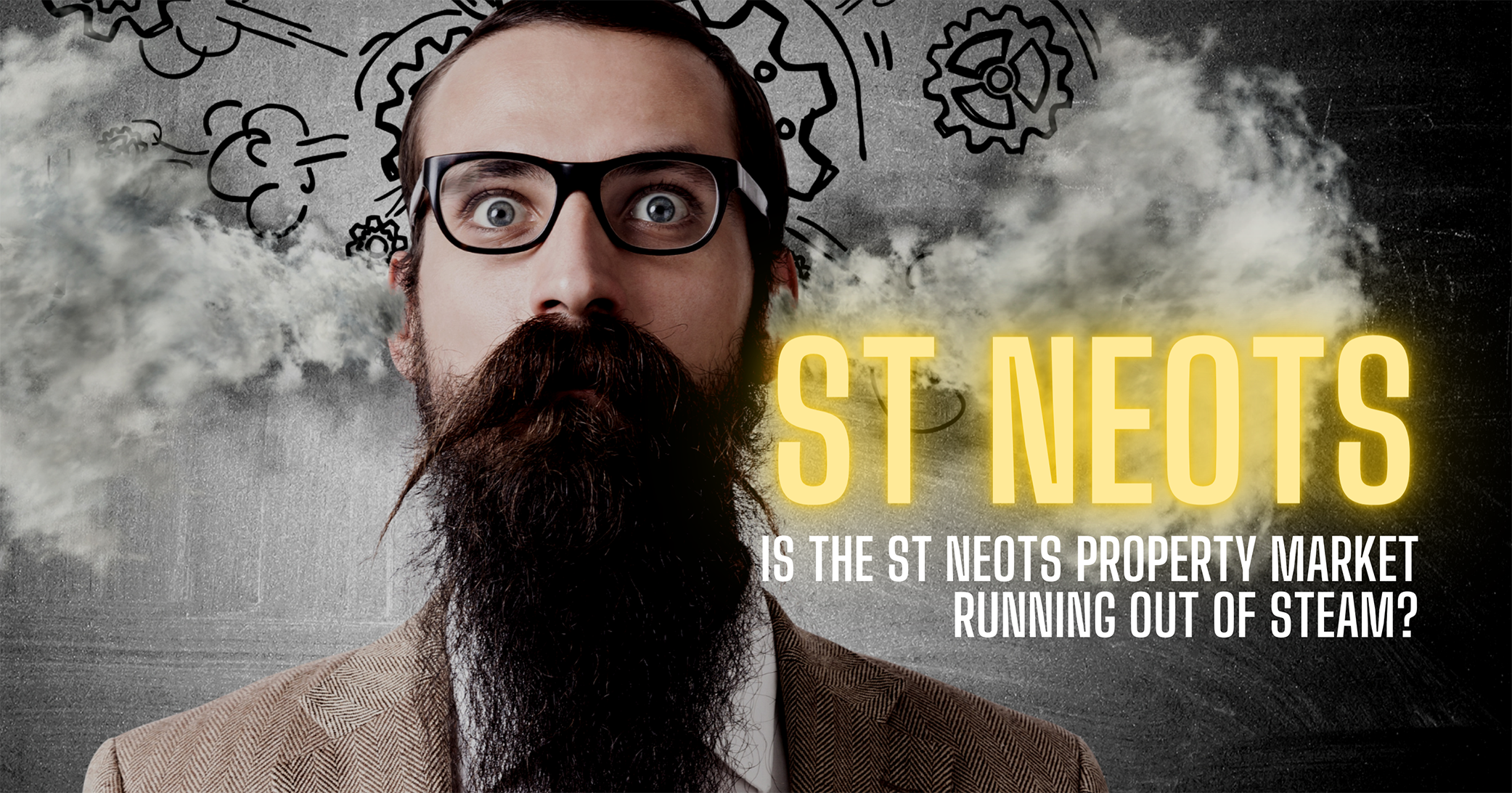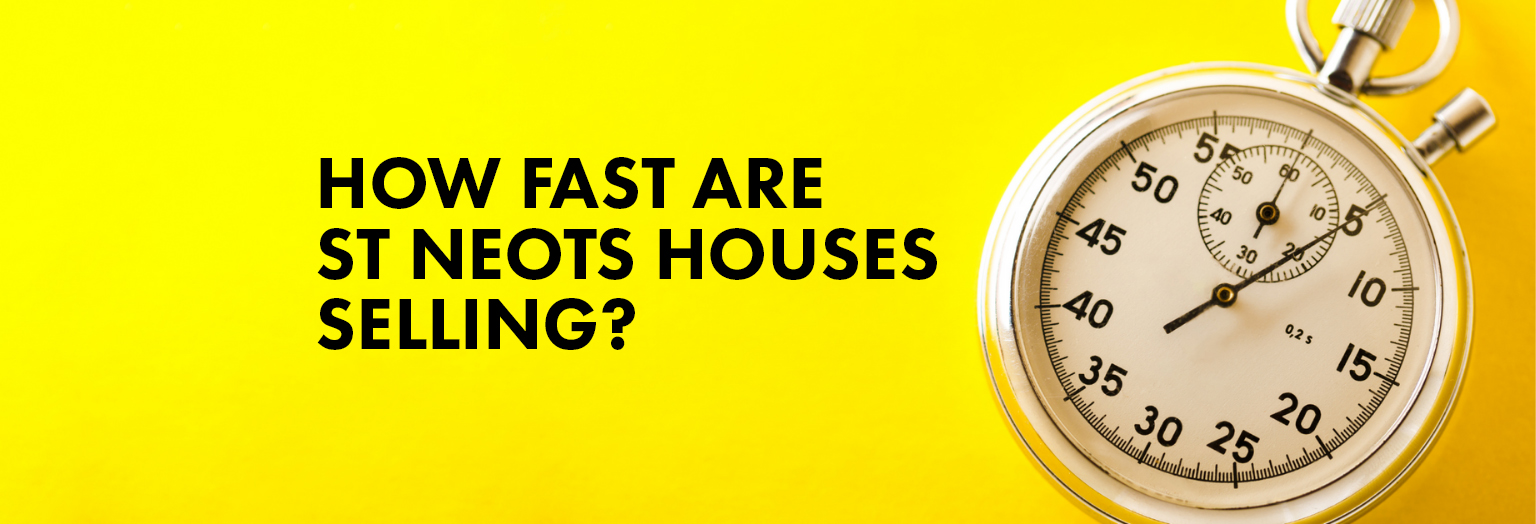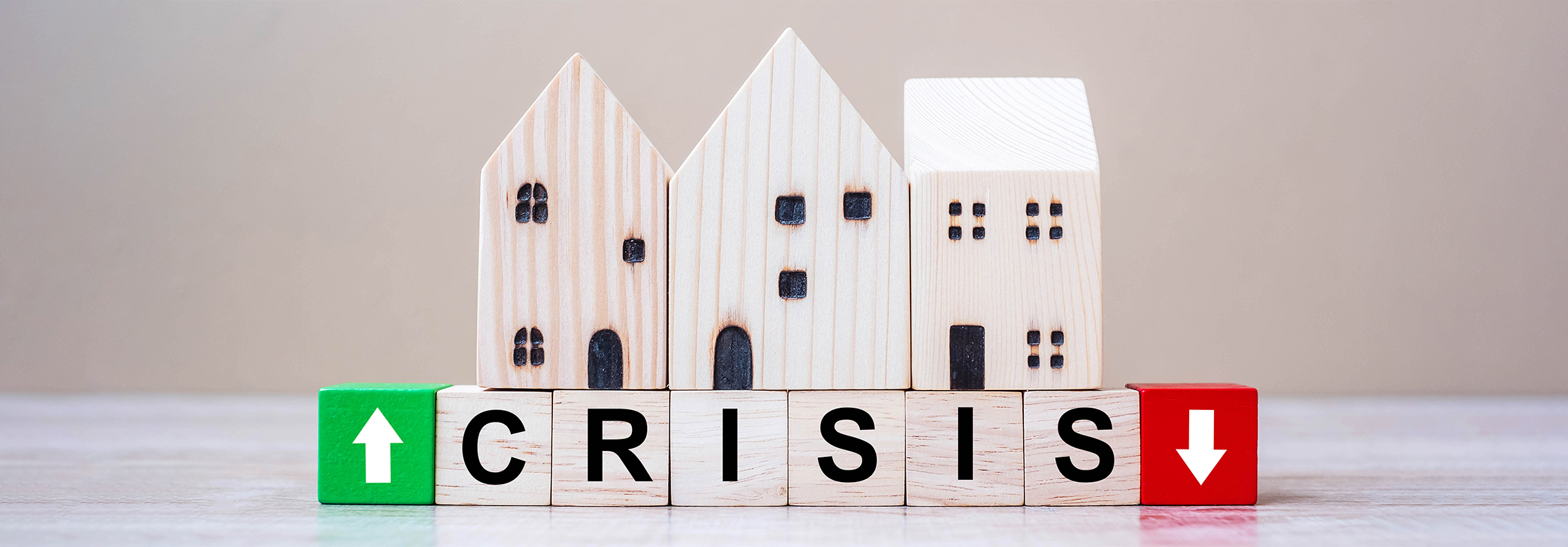According to some newspapers and pundits, the property market boom could soon be over with the increasing interest rates and inflation. BUT, there are 3 fundamental economic reasons why things are different to the last property market crash.
With the rise in inflation and the cost-of-living crisis, some say this could cause property values to drop by between 10% and 20% in the next 12 to 18 months.
At the time of writing, there are only 152 properties for sale in St Neots (the long-term 15-year average is between 350 and 375), meaning house prices have gone up considerably.
According to the Land Registry …
St Neots property prices have increased by 13.3% (or £35,500) in the last 12 months.
So, as Robert Kiyosaki says, ‘the best way to predict the future is to look to the past’. Let’s look at the 3 main causes of the last property crash in 2008 and see how that compares to today.
1. Increase in Interest Rates
The first reason for a possible cause of a crash is the rise in the Bank of England interest rates, affecting homeowners' mortgages.
Higher mortgage rates mean homeowners will have to pay a lot more on their mortgage payments, leaving less for other household essentials. In 2007 (and the 1989 property crash), many St Neots homeowners put their houses up for sale to try and reduce their mortgage payments by downsizing.
Yet the newspapers fail to mention that 79% of British people with a mortgage have it on a fixed interest rate at an average mortgage rate of 2.03%.
Further to that, just under 19 out of 20 (93.2%) of all UK house purchases in 2021 fixed their mortgage rate.
Most homeowners won't see a rise in mortgage payments for the short to medium-term (two to five years), and 27.8% of all UK house purchases don’t have a mortgage because they were 100% cash purchases.
Of the 932,577 house purchases registered since February 2021 in the UK, 259,205 were bought without a mortgage.
Some people say there will be a problem when all these homeowners come off their fixed rate but the mortgage lending rules changed in 2014, and every person taking out a mortgage would have been assessed at application as to whether they could afford their mortgage payments at mortgage rates of 5% to 6% rates, not the 2% to 3% they may well be paying now.
If the Bank of England did raise interest rates to 3%, homeowners would only be paying 4.5% to 5.5% on their mortgages and thus well within the stress test range made at the time of their mortgage application.
This means the probability of a mass sell-off of St Neots properties or St Neots repossessions because of interest rate rises (both of which cause house prices to drop) is much lower.
2. House Price/Salary Ratio
The second comparison to make is the fear of another house price crash caused by the ratio of average house prices compared to average wages.
The higher the ratio, the less affordable property is. In 2000, the UK average house price to average salary ratio was 5.30 i.e. the average UK house was 5.3 times more than the average UK salary. At its peak just before the last property crash in 2008, the ratio reached 8.64.
The ratio now is 8.85, so some commentators are beginning to think that we’re in line for another house price crash. However, mortgage rates are much lower today than in 2007. For example …
Just before the property crash in 2007, the average 5-year fixed-rate mortgage was 6.19%. Today it’s only 1.79%.

So, whilst the house price/salary ratio is the same as the last property crash in 2008, mortgages today are proportionally 71.1% cheaper.
3. Banks Reckless Lending
And thirdly, another reason for the property crash in 2008 was the reckless lending practices in the run-up to it.
The first example of reckless lending was self-certified mortgages. A self-certified mortgage is when the lender doesn’t require proof of income.
In 2007, 24.6% of new mortgages were self-certified mortgages.
So, when the economy got a little sticky in 2008, the people that didn’t have the income they said they did because they had self-certified had to pay for their mortgages and promptly put their properties on the market.
The banks' second aspect of reckless lending was how much they lent buyers to buy their homes. Today, banks want first-time buyers to have at least a 10% deposit and ideally more. There are 95% mortgages available now (meaning the first-time buyer only requires a 5% deposit), yet they are pretty challenging to obtain.
Back in 2005/6/7, Northern Rock was allowing first-time buyers to borrow 125% of the value of their home. Yes, first-time buyers got 25% cashback on their mortgage!
In 2007, 9.5% of all mortgages were 95%, and 6.1% of mortgages were 100% to 125%.
Nearly 1 in 6 mortgages (15.6%) taken out in 2007 had a 95% to 125% mortgage.
When the value of a property goes below what is owed on the mortgage, it is called negative equity. A lot of St Neots homeowners with negative equity, or who were getting close to negative equity, in 2008 panicked because of the Credit Crunch and put their houses up for sale.
To give you an idea of what happened last year, 2021, regarding mortgage lending, only 2.4% of mortgages were 95%, and 0.2% of mortgages were 100%. This is because the mortgage lending rules were tightened in 2014.
So why did St Neots house prices drop in 2008?
In a nutshell, a lot more St Neots properties came onto the market at the same time in 2008, flooding the St Neots property market with properties to sell.
Meanwhile mortgages became a lot harder to obtain because of the credit crunch, so there was a reduced demand for St Neots property.
Prices drop when we have an oversupply and reduced demand for something. St Neots property prices fell by between 16% and 19% (depending on the property type) between January 2008 and May 2008.
So, what were the numbers of properties for sale in St Neots during the last housing market crash?
There were 420 properties for sale on the market in St Neots in the summer of 2007 (just before the crash), whilst a year later, when the Credit Crunch hit, that had jumped to 860!
This vast jump in supply and the reduction in demand caused St Neots house prices to drop in 2008.
Compared with today, there are only 152 properties for sale in St Neots, whilst the long-term 15-year average is between 350 and 375 properties.
What is going to happen to the St Neots property market?
The St Neots house price explosion since we came out of Lockdown 1 has been caused by a shortage of St Neots homes for sale and increased demand from buyers, the opposite of 2008.
However, there are early signs the discrepancy of supply and demand for St Neots properties is starting to balance out but this will take a little while before it has any effect on the property market,
This means buyer demand will ease off whilst the supply of properties to buy increases. This should gradually bring the St Neots property market back in line with long-term levels, rather than the housing market crash.
Our advice is to keep an eye on the number of properties for sale in St Neots at any one time and only start to worry if it goes beyond the long-term average mentioned above.
How will inflation and cost of living affect the St Neots Property Market?
There is no doubt that the cost-of-living increases will have a dampening effect on buyer demand. If people have less money, they won’t be able to afford such high mortgages. This will slow St Neots house price growth, especially with St Neots first-time buyers.
Yet, the reduction in first-time buyers is being balanced out by an increase in buy-to-let landlord's buying, especially at the lower end of the market.
This, in turn, will stabilise the middle to upper St Neots property market. This means the values of such properties (mainly St Neots owner-occupiers) will see greater stability and a buyer for their home, should they wish to take the next step on the property ladder.
Firstly, in the medium term, property values tend to keep up with inflation.
Secondly, inflation benefits both landlords and existing homeowners, with the effect of inflation on mortgage debt. As St Neots house prices rise over time, it reduces the loan to value percentage of your mortgage debt and increases your equity. When the landlord/homeowner comes to re-mortgage in the future, they will receive a lower interest rate.
Thirdly, as the equity in your St Neots property increases, your fixed-rate mortgage payments stay the same.
So why are more St Neots landlords looking to extend their buy-to-let portfolios, even in these economic circumstances?
We think new and existing buy-to-let St Neots landlords will come back into the market to add rental properties to their portfolios. As the competition with first-time buyers is not so great, they’re not being outbid as much.
Yet, more importantly, residential property is a good hedge against inflation.
Finally, inflation also helps St Neots buy-to-let landlords. This is because rents tend to increase with inflation. So as rents go up, your fixed-rate buy-to-let mortgage payments stay the same, creating the prospect of more significant profit from your buy-to-let investment.






Share this with
Email
Facebook
Messenger
Twitter
Pinterest
LinkedIn
Copy this link